Siracusa and Noto, true sicilian gems – home of Archimedes and Dionysius the Great, Syracuse was, with Athens, the largest and most beautiful city of the Greek world. Noto, another UNESCO World Heritage Site. Noto was rebuilt in the 18th century after a devastating earthquake, and is now known for its beautiful Baroque architecture.
Siracusa: A Historical Gem
Siracusa, a captivating city in Italy, unveils its rich historical tapestry with the allure of a bygone era. Founded by Greek settlers in the 8th century BC, it thrived as a major trading center and a hub of intellectual pursuits. Archimedes and Dionysius the Great, eminent thinkers of antiquity, found their haven in Siracusa.
Recognized as a UNESCO World Heritage Site, Siracusa meticulously preserves monuments from its Greek and Roman legacy. The Neapolis archaeological park, a testament to Greek architecture, showcases treasures like Hieron’s Altar, the Ear of Dionysius, and the Greek Theatre. Additionally, the Roman Amphitheatre stands as another testament to the city’s storied past.
Embark on an exploration of the oldest part of Siracusa, the tiny island of Ortygia. Discover landmarks such as the Doric Temple of Apollo and the Temple of Athena, seamlessly integrated into the Baroque cathedral of Siracusa.
Don’t miss the Fontana Aretusa, a natural spring with an ancient legacy that gracefully continues to flow, inviting visitors to connect with the city’s enduring spirit.
Noto: A Baroque Gem Rebuilt from Ruins
Noto, nestled in the province of Siracusa, Sicily, is a town steeped in history. Founded by Greek settlers in 664 BC, it sits proudly on a rocky promontory overlooking the Ionian Sea. Despite a devastating earthquake in 1634, Noto emerged reborn in the Baroque style that defines its architecture today.
Strategically located, Noto is 33 kilometers from Siracusa, 60 kilometers from Gela, 95 kilometers from Catania, 145 kilometers from Ragusa, and 150 kilometers from Siracusa (province). Perched on a limestone hill, it enjoys a Mediterranean climate.
In the late 20th century, earthquakes shook nearby towns, including Netum (now part of Noto). Despite these challenges, Noto, along with the towns in the Val di Noto, earned UNESCO World Heritage Site status in 2002. Explore Noto’s Baroque charm, where churches, palaces, and bridges narrate a resilient tale of restoration and cultural richness.

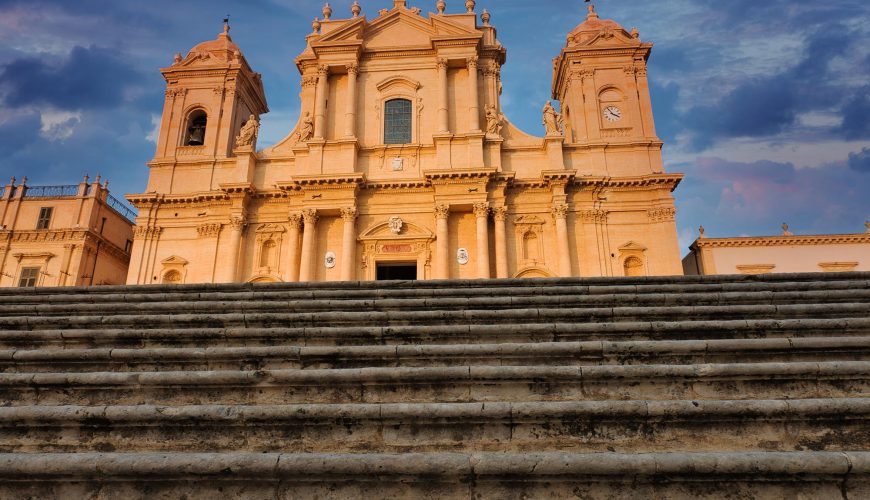
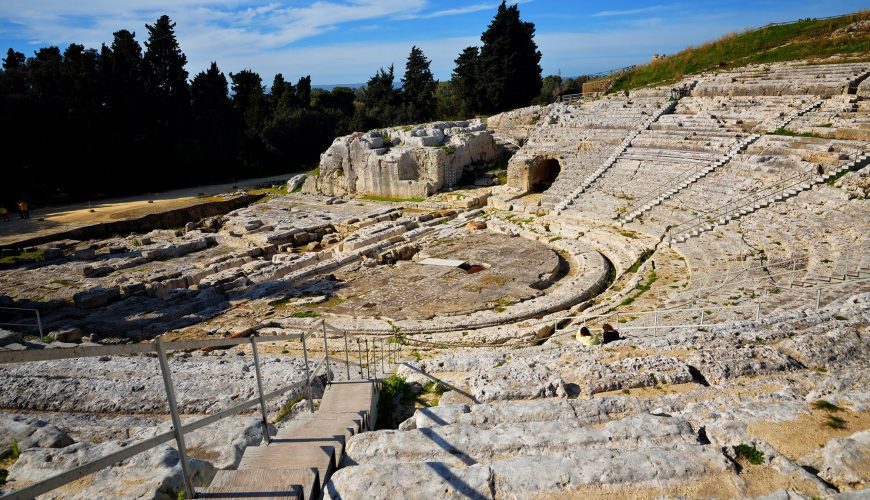
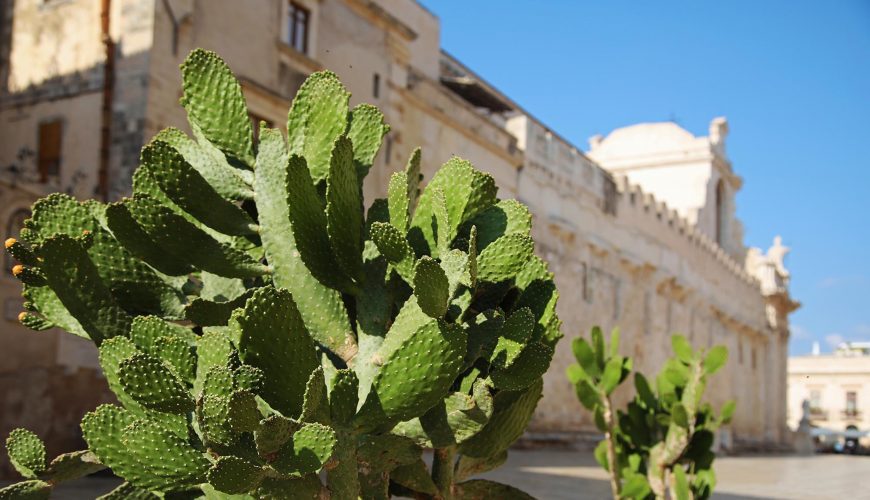
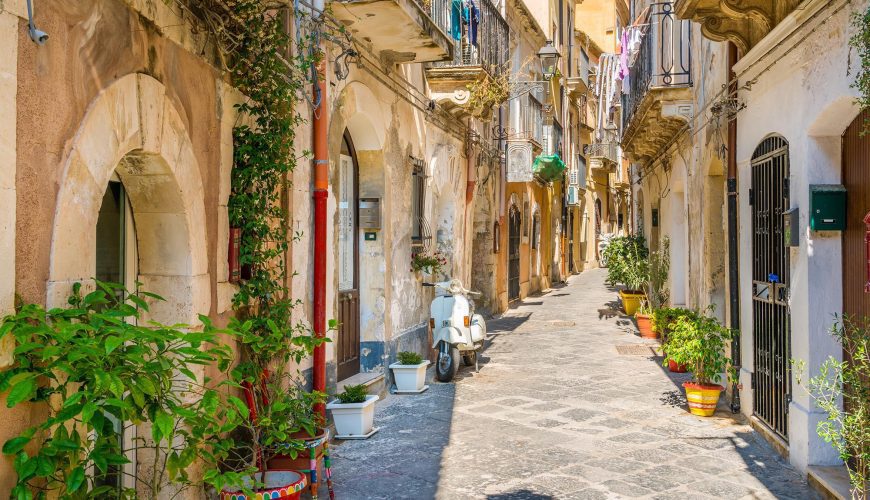
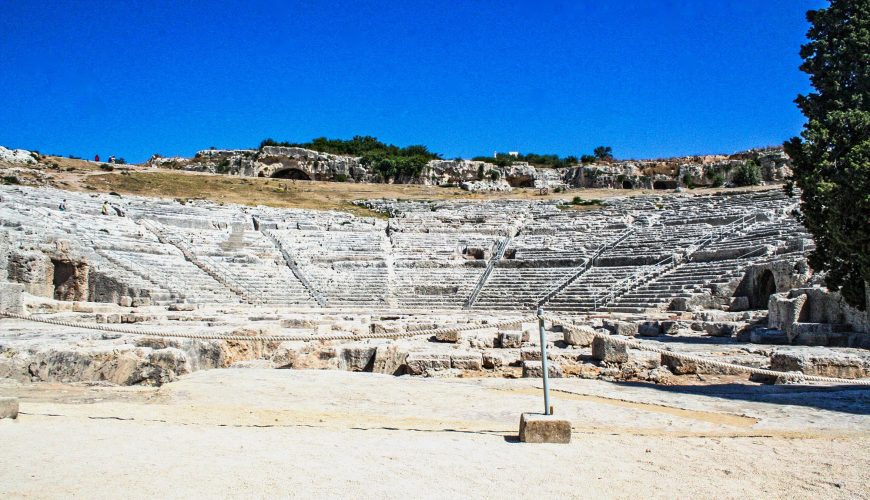
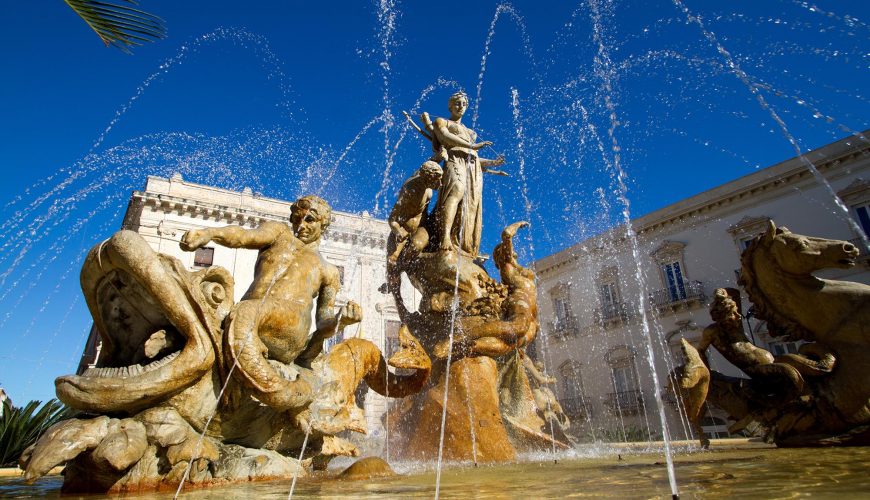
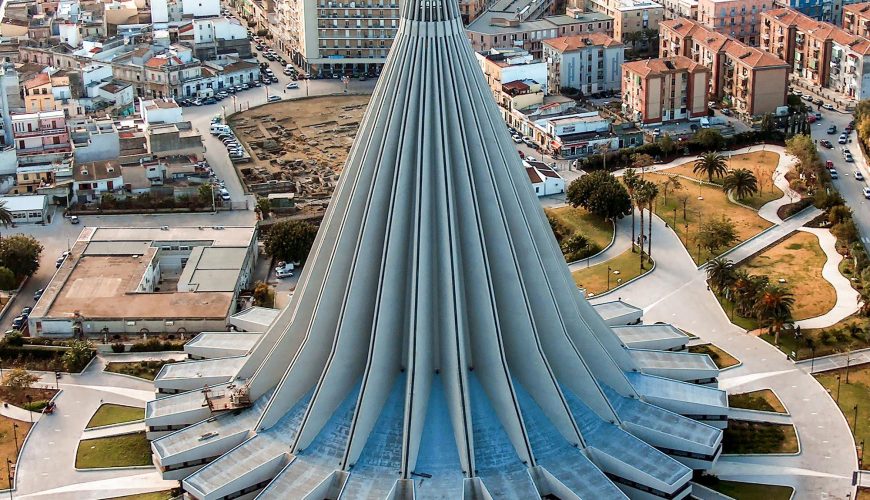

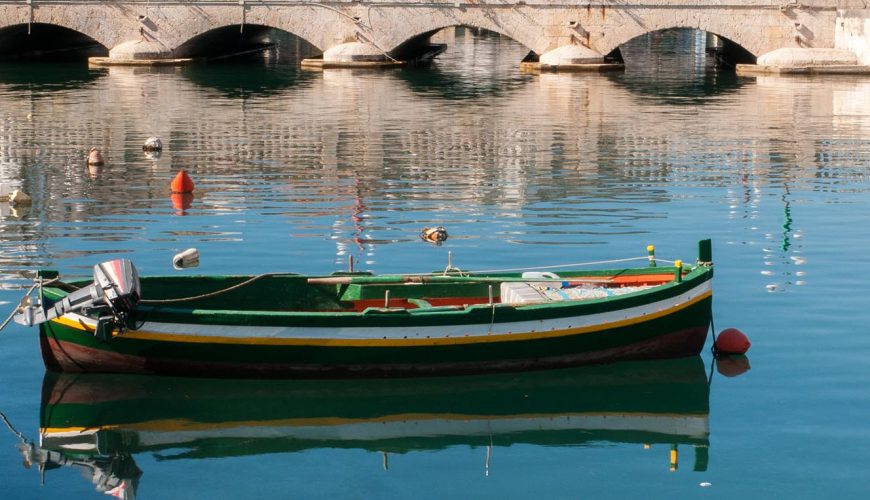
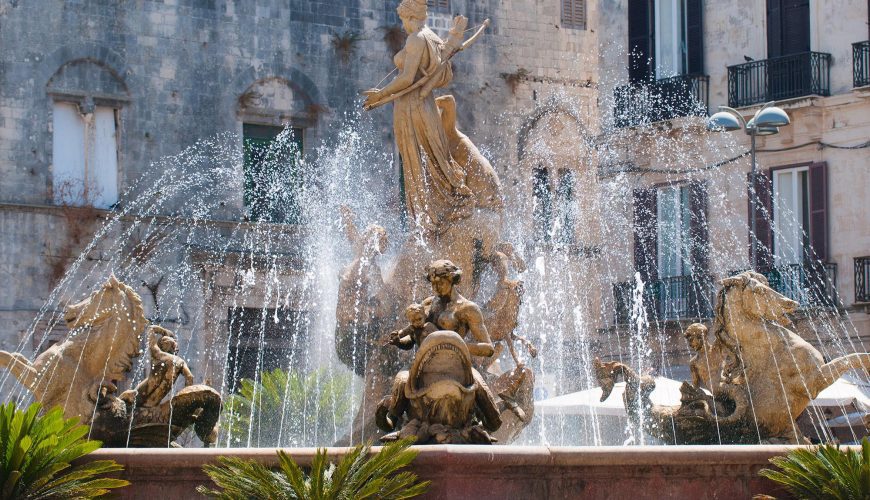
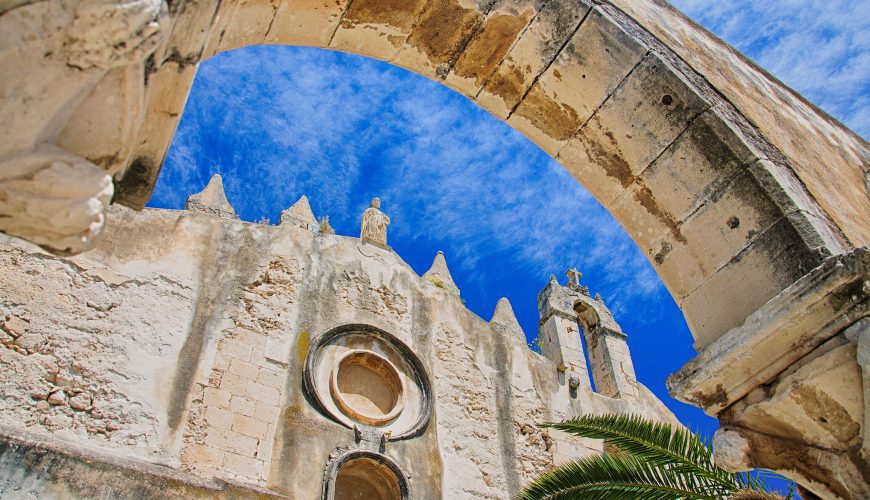
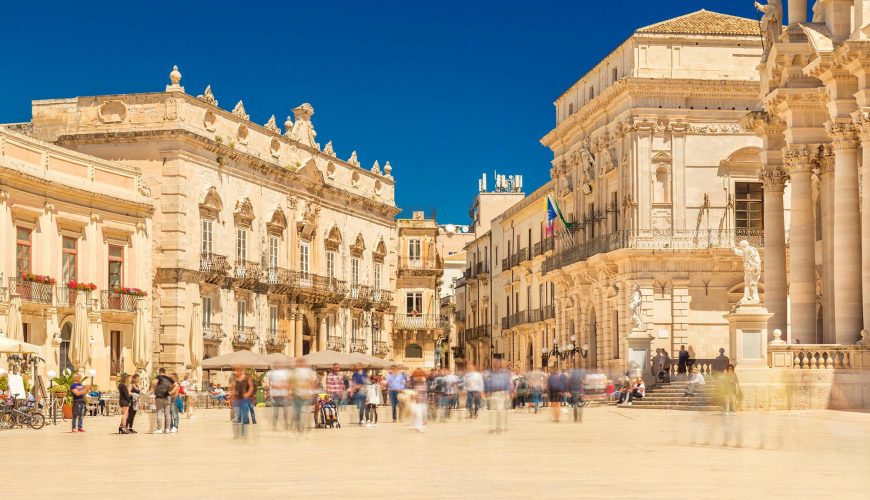

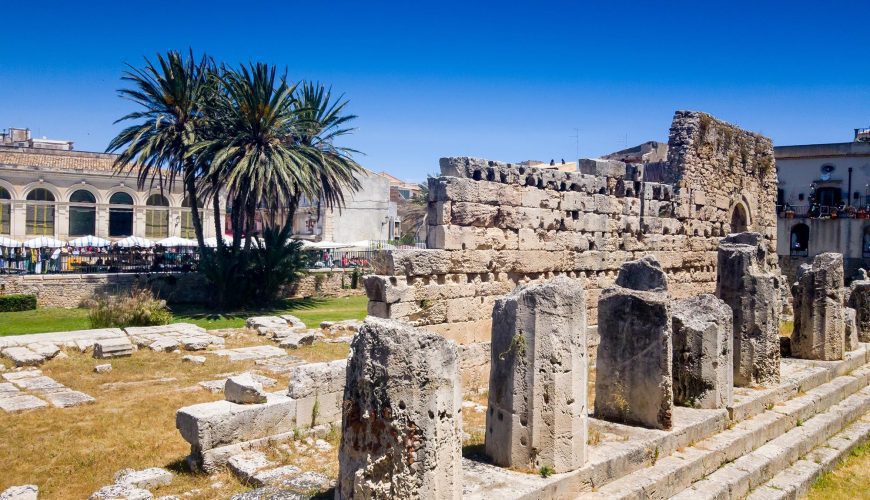
Comment (0)